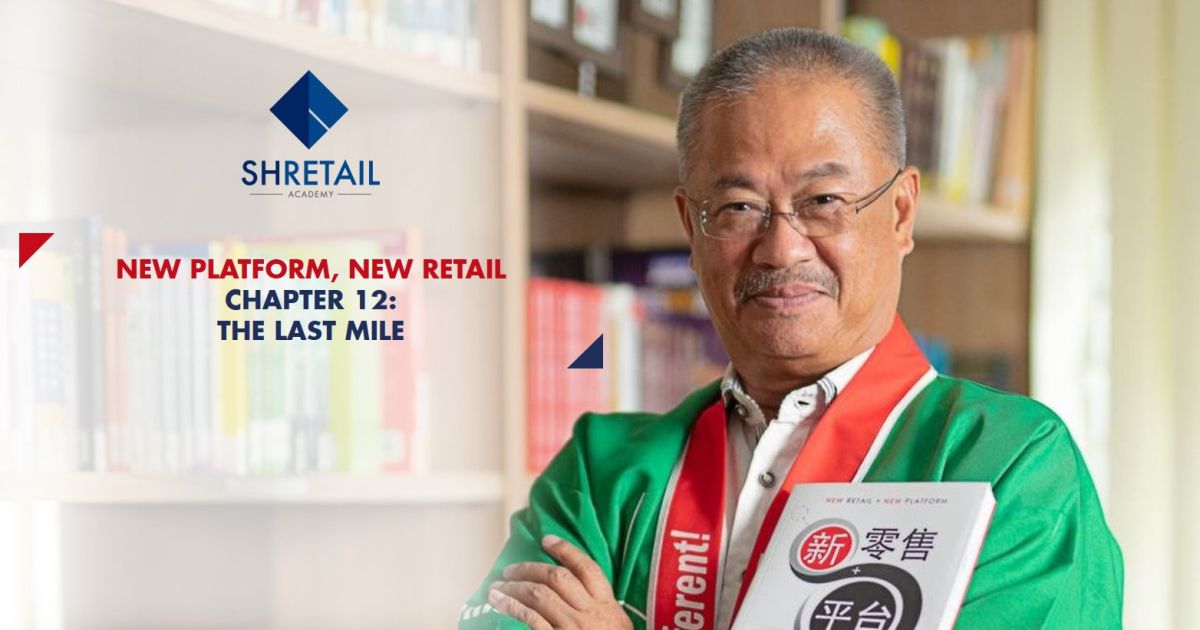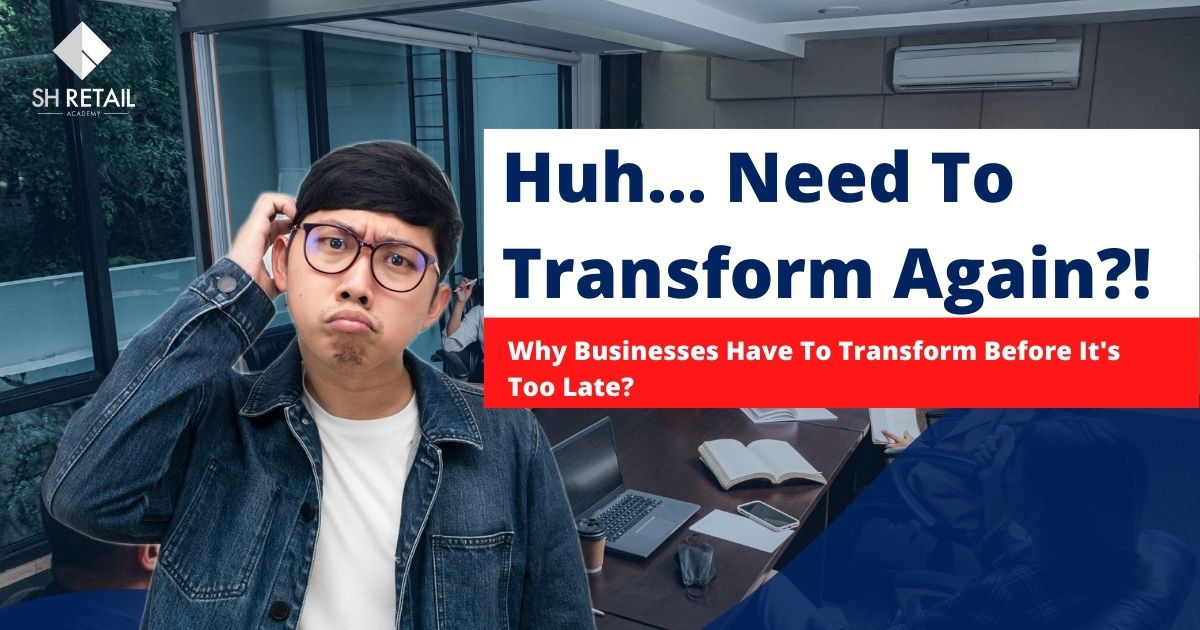In the retail industry, “the last mile” refers to the last leg of the supply chain journey, when goods reach their final home at the customer’s doorstep.
Having discussed everything from the O2O Concept to marketing campaigns involving pandas and dinosaurs, Chapter 12 of New Retail + New Platform explores the final make-it-or-break-it in the retail journey.
The last mile: why it matters.
Logistics at the last mile focuses on getting the goods to the consumer’s doorstep as quickly and efficiently as possible. In an era of next-day and even same-day deliveries, companies need to be able to optimise their capabilities to respond to this demand.
The last mile matters not only for all the obvious reasons such as operational cost and efficiency, but also because it can make or break the customer experience.
This is why giants such as Amazon and Alibaba are combining online and offline to provide a complete and seamless shopping experience - making sure the entire experience wraps up well at the last mile.
Pioneering logistics from an early stage.
Accurate logistics and product inventory is a tough cookie to crack. Retailers, whether multinational or operating out-of-home are all posed with the same problem - optimising cost while increasing speed.
For Senheng, goods were initially sent directly from the supplier to each outlet based on their orders.
As the business expanded and the number of orders increased, the outlets struggled to cope with the congestion and workflow at the store was affected.
Realising the disruption, the policy was changed immediately. Instead of having orders delivered directly from the supplier to the outlet as and when needed, Senheng set up their own logistic centres nationwide.
Across Malaysia, Senheng established 10 of these logistic centres, with each district supplied by a regional logistic centre. With these centres in place, the workload for each outlet was successfully reduced - allowing staff to focus on running the store.
Tackling overlapping deliveries.
Of course, there is no end to improvement. Even with logistic centres of their own, Senheng continued to struggle with cost-efficiency when it came to B2C consumer deliveries.
Back in the days, delivery overlapping was an issue with several trucks driving to the same area at the same time. Hence, a centralised distribution route was developed so that each district was handled by a single vehicle only, effectively lowering Senheng’s delivery cost and carbon footprint.
Looking inwards: insourcing deliveries.
Following the regional logistic centres is The Senheng Central Distribution Centre (CDC). This centre takes up 165,000 square foot of space in Shah Alam, Selangor. With this centre in place, another step is removed entirely.
Instead of delivering to the regional logistic centres, suppliers only need to do one stop delivery to the CDC. This way, the costs saved are passed on to Senheng and the overall logistic costs are lowered.
Lim explains that “Lazada’s per air-conditioner delivery to Penang is about RM80, but we do the same with zero cost, because we already have the trucks moving up north (and going down south) every day. So this air conditioner just ‘hitches a ride’ up to Penang! The best part is that we are independent and we don’t have to worry about the uncertainty of working with a third party. With that we retain existing customers and win new customers too.”
On top of that, Senheng divides their products into three categories:
- large items with installation work
- large items without installation work
- small goods
At present, all categories are delivered by Senheng’s internal logistics team with the exception of small goods which are outsourced to external courier companies.
The Long Tail Theory.
In retail, the Long Tail Theory states that products which are lower in demand are potentially able to exceed even the bestsellers, given enough traffic.
In other words, 80% of a retailer’s sales may be derived from only 20% of products. Hence, many retailers will choose not to stock the remaining 80% of slow-moving, niche products which don’t enjoy the same popularity.
But it takes a visionary to see opportunities in the dark. As managing director of Senheng, Lim chose not to neglect the 80% of products, instead creating another line of income by encouraging demand of said products.
In pursuit of efficiency.
The process of automating and digitalising is not the main concern for many retailers. Rather, it’s choosing the right business model or technology systems to bring you towards your goal.
Read more on Senheng’s Top 12 Management System Platforms, or find out more about our corporate training program for 2021 here!








